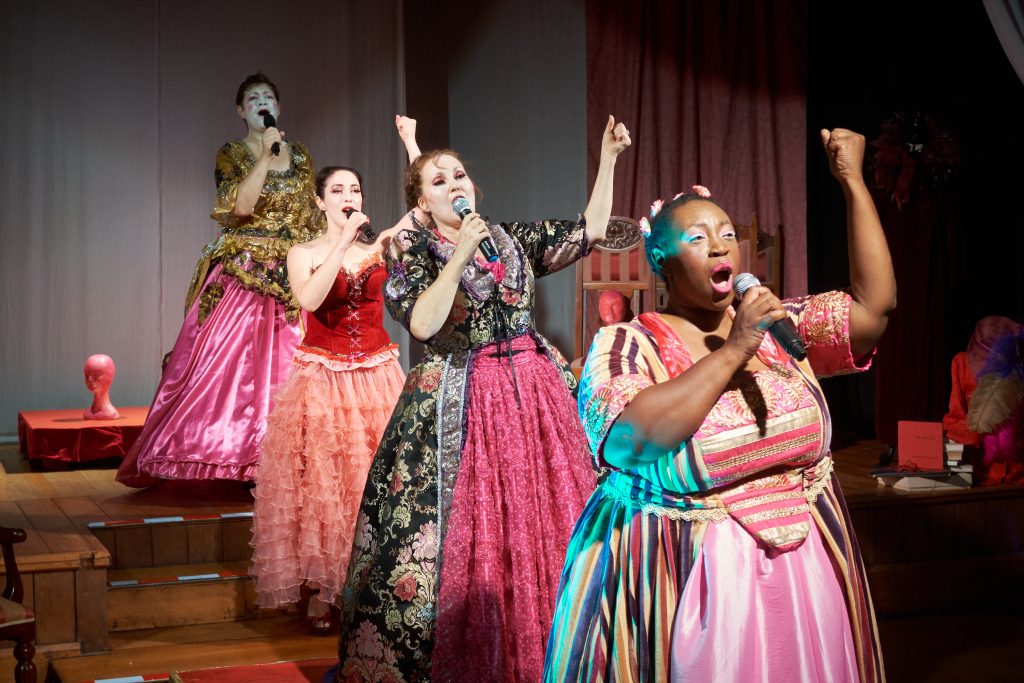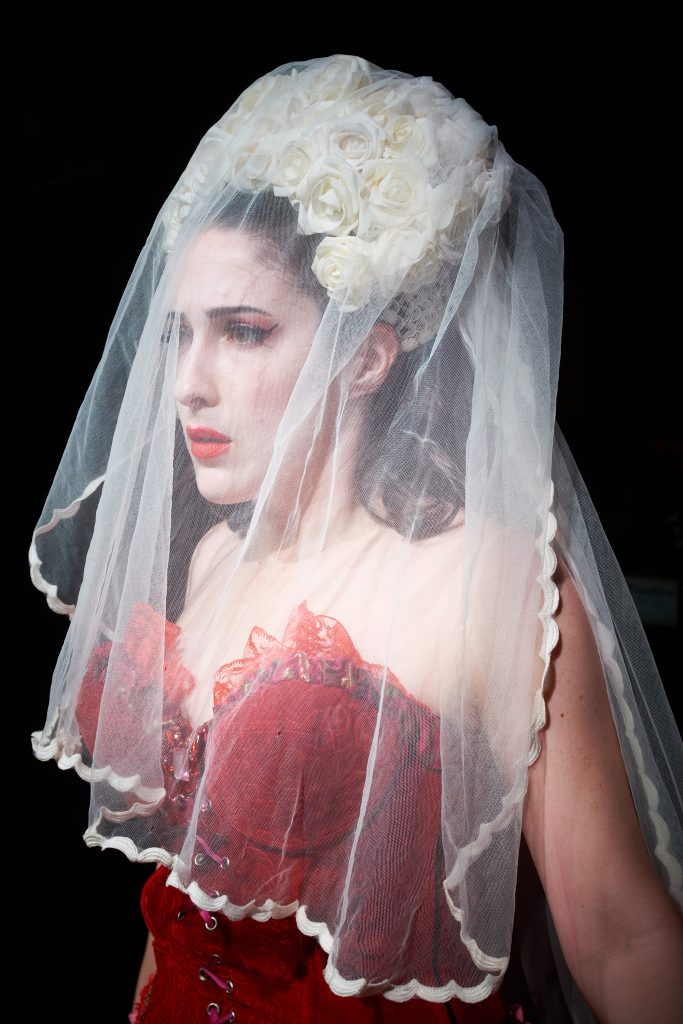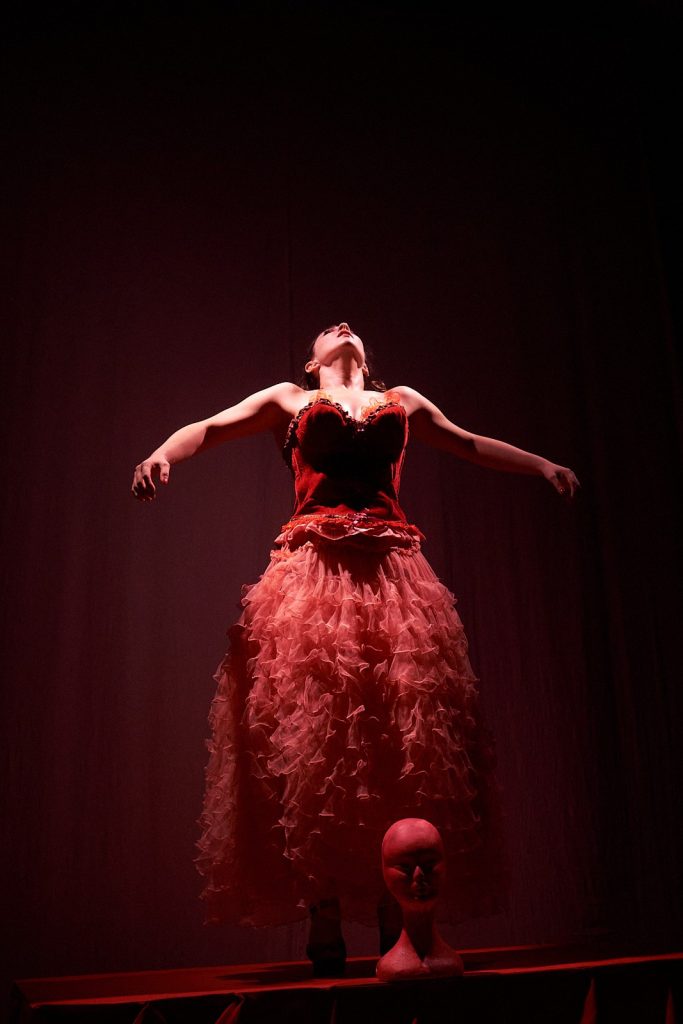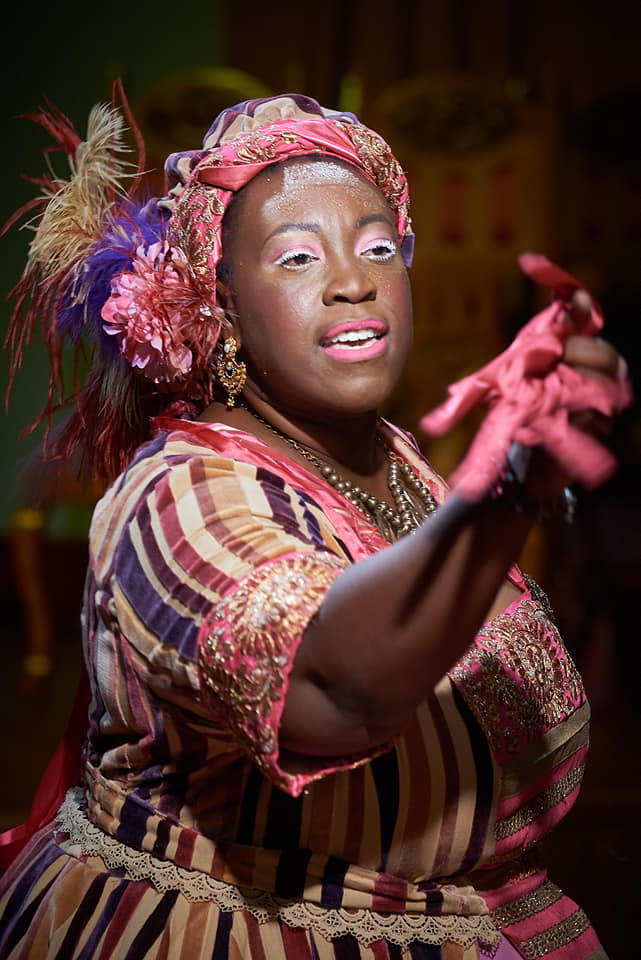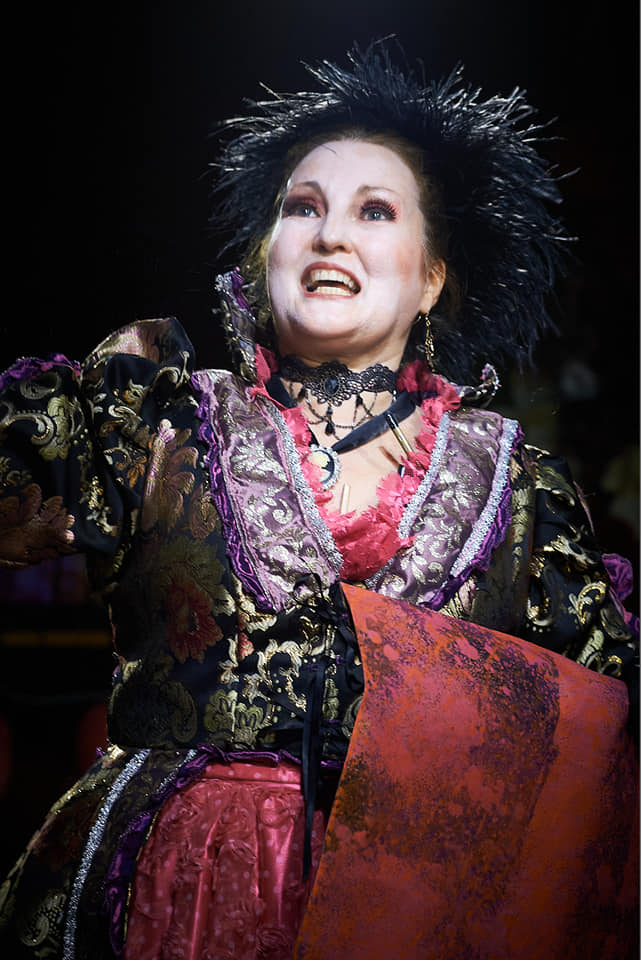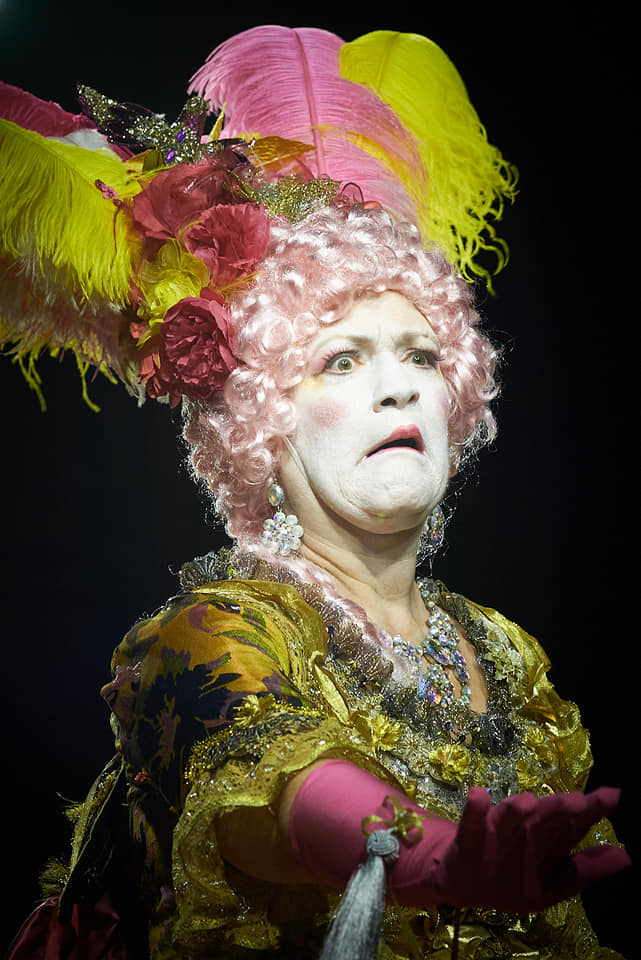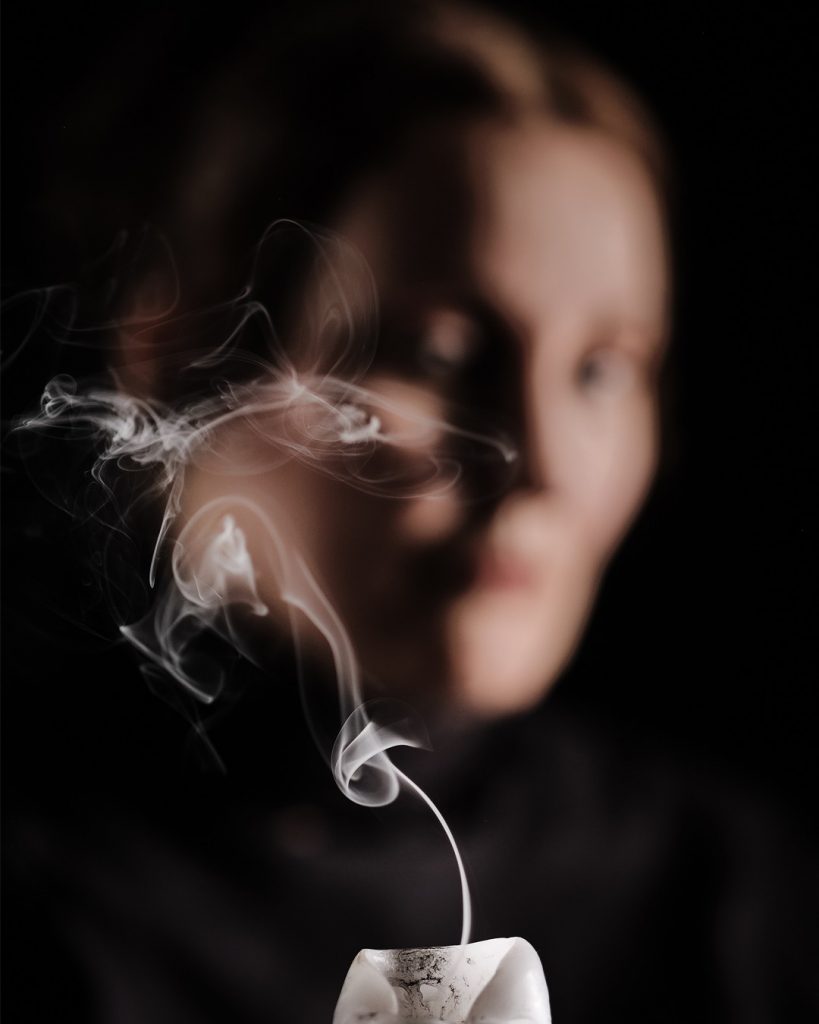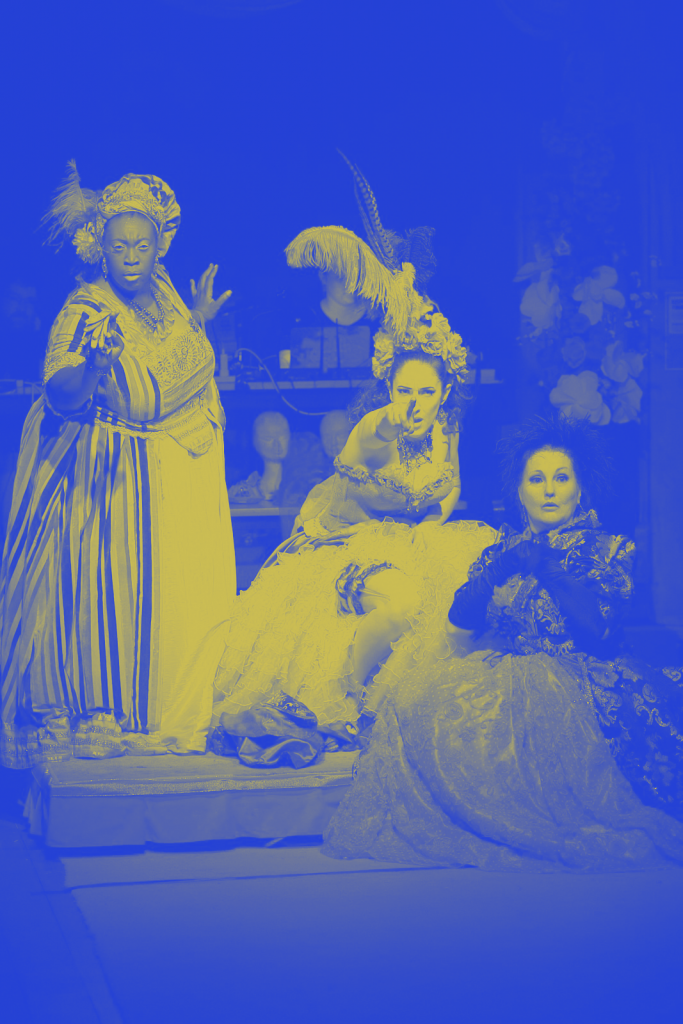
‘The Revolutionists’ // The Curators
‘The Revolutionists’ was empowering.
Lined with fairy lights, the courtyard of the Christ Church in Milton was bustling with life as audiences eagerly waited to enter The Curators’ newest production. ‘The Revolutionists’ is the second show The Curators have presented to the public. Set in the French Revolutions’ Reign of Terror, the play focuses on four feminists who try to change the world. Audiences will be left scratching their heads as the production melds the worlds of fact and fiction and creates a play within a play.
‘The Revolutionists’ is a comedic play with a musical touch, written by Lauren Gunderson and first produced in 2015. It focuses on four women who historically never actually met; playwright Olympe de Gouges (1748-1793), the fictional Haitian rebel Marianne Angelle, assassin Charlotte Corday (1768-1793), and the monarch Marie Antoinette (1755-1793) who came together to beat back the extremist insanity in Paris during 1793.
The Christ Church is a small church tucked behind Brisbane’s Suncorp Stadium. The space has been cleverly transformed into a theatre using scaffolding and lights placed on the floor. At the back wall of the stage, three large white sheets allowed the cast to enter and exit. The sheets were also lit throughout the show to create silhouette effects that aided in telling the story. Lighting was effectively used to draw the audience’s focus towards different characters and parts of the set. The stage was dimmed where the action wasn’t happening and illuminated characters that required the audience’s focus. Lighting was also manipulated to match sound effects. For example, when a door-knocking sound effect was played, the lights would pulsate brighter, emphasising each knock.
Backing tracks and sound effects were used to lift and heighten what was happening on stage. During pre-show, interval, and post-show, songs were played that promoted the consistent message of female empowerment. Singing was also seamlessly incorporated into the production. Before a character would sing, they would take out a handheld microphone that would be concealed in their costume or on the stage. There were other times before the character would start singing, when they would use the microphone to perform a monologue, coupled with reverb sound effects, to focus and add emphasis to what they said.
Albeit small, the Christ Church space was manipulated to the team’s advantage by set designer Michael Beh. As you entered the building, you were greeted by a large array of pink decorations, as well as ushers and crew who wore period-appropriate wigs. The stage space was quite intimate and unconventional, which made for a captivating performance. The Christ Church was built in 1883, with high ceilings, a small altar space and a large courtyard. The altar was used as a stage, with a catwalk that traversed the length of the hall. The audience was placed parallel to the catwalk, marked by a pink carpet spread on the floor. This put the actors and audience members on the same level, creating a new level of audience engagement and investment. The action happened all around the space, making the audience whip their heads back and forth to view the show. At the end of the catwalk, there was a small square platform that moved throughout the show. The stage also had a large sofa on stage right, two chairs on stage left and was framed with books and clothing, which were all accurate for the time period.
A small collection of props were used throughout the performance. This ranged from little notebooks, large pieces of paper for Olympe’s script, a staff that Marie Antoinette held and gave to audience members to hold for her throughout the show, and styrofoam heads painted red to represent the characters’ heads once they were beheaded.
Costumes designed by Beh and Jan Mandrusiack varied from the original production, but in a fresh and new way. They were dramatised and detailed, showed more skin, were more form-fitting and slightly modernised, however still reflected the time period of the show. Olympe wore a black dress detailed with flowers and pink and purple accents throughout; Marianne wore a vertically striped peasant dress; Charlotte wore a revealing red and pink frilly dress paired with a corset; and Marie wore a stunning pink and orange period piece with a train, hoop skirt, wig, fan and staff. Each costume was stunning and unique.
Beh’s direction brought ‘The Revolutionists’ to life on the stage as a fun, empowering piece that was both a comedy and a tragedy. Beh navigated the space well and used the unique set to his advantage; an example of this included a scene between Olympe and Marianne, standing at opposite sides of the catwalk as they had a conversation. The large distance between the characters made the audience constantly look back and forth, and signified the divide and tension between the two characters.
Paul C McD was responsible for the music direction of the songs heard in the show. In the original production, there was only one song at the end called “The Revolutionists”. The Curators’ adaption of the show included four popular songs for each character to sing that showcased their voices and aided in telling their story. Popular songs included, “Feeling Good” by Nina Simone, “So What” by P!nk, “Beautiful” by Christina Aguilera, and “At Seventeen” by Janis Ian. At the end of the show, “The Revolutionists” was sung, but as a mashup with all the other songs heard in the show, creating a climax. McD showcased his musical skill in arranging this piece for the show.
Choreographer Sarah O’Neill created strong and unique movement. Each actor manipulated the choreography to fit each of their characters and made it appear as though dancing independently without direction.
Lisa Hickey showed incredible energy and commitment as Olympe de Gouges. She brought the energetic and excitable character to life on the stage, playing her with great skill and letting an almost childlike side peek through every now and then.
Marianne Angelle was played by Asabi Goodman. Goodman commanded the space with passion and strength; with a powerhouse voice, she snatched the audience’s attention and kept it every time she sang.
Amanda McErlean played the regal and almost delusional Marie Antoinette. McErlean was a joy to watch as she brought so much detail and fun to this selfish and naive character; she took any chance she got to use her power to interact with the audience and to successfully steal the focus in scenes.
Charlotte Corday, the headstrong and seductive assassin, was played by Lauren Roche. As the youngest in the cast, she brought a fresh, dauntless but forward energy to the character, defining her from the rest of the cast. Roche used her skills to bring a different take on P!nk’s “So What” and when she was confident, her singing really shone.
‘The Revolutionist’ is the feminist piece we need right now. Beh and the cast have brought a fresh vision and interpretation of the piece to Brisbane audiences to love and enjoy.
‘The Revolutionists’ performs until Friday, 26 March 2021 at Christ Church in Milton. For more information, visit The Curator’s website.
Photography by Naz Mulla.




